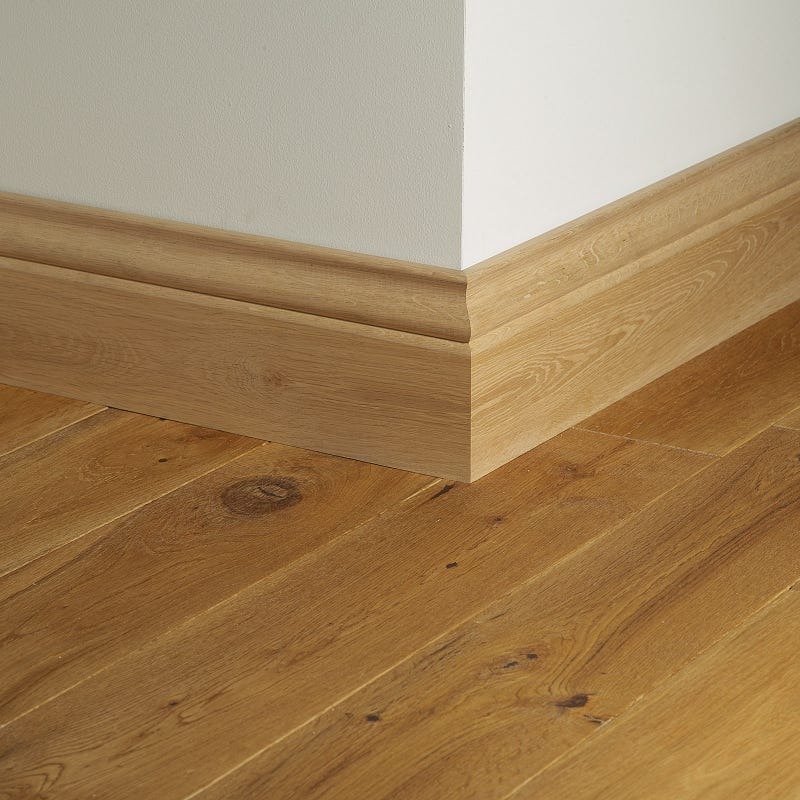Wood Skirting: Elevating Interiors with Timeless Elegance
When it comes to interior design, it’s often the little details that make the biggest difference. One such detail that seamlessly ties a room together while adding style and function is wood skirting. Also known as baseboards, wood skirting is a strip of material — usually timber — that runs along the bottom of interior walls. While its primary function is to cover the joint between the wall surface and the floor, its aesthetic and protective qualities make it an essential feature in both traditional and contemporary homes.
What Is Wood Skirting?
Wood skirting is typically installed at the base of walls to provide a neat junction between the wall and the floor. It not only conceals uneven edges and gaps but also protects the walls from scuffs, dents, and abrasions caused by furniture, vacuuming, or foot traffic. Skirting boards can be made from various materials, but wood remains the most preferred due to its durability, natural look, and design versatility.

Types of Wood Used in Skirting
Several types of wood are commonly used for skirting boards:
MDF (Medium-Density Fibreboard): An affordable, smooth option that’s easy to paint.
Pine: A softwood option with a classic grain that can be stained or painted.
Oak: A premium hardwood with rich grain patterns, ideal for luxury interiors.
Teak or Walnut: High-end woods that add elegance and resist wear over time.
Each wood type offers different aesthetics and durability levels, allowing homeowners to choose one that suits their needs and budget.
Design Styles and Profiles
Wood skirting is available in a variety of profiles, ranging from minimalist straight-edged styles to ornate Victorian-inspired designs. Common profiles include:
Bullnose: Smooth and rounded, great for modern homes.
Torus: A traditional style with a rounded top edge.
Ogee: Elegant curves, ideal for classic or period properties.
Chamfered: Angled edges that suit contemporary interiors.
Choosing the right profile adds visual harmony and complements the overall theme of your interior space.
Benefits of Wood Skirting
Durability: Unlike PVC or plastic, wooden skirting can last for decades with proper care.
Aesthetic Appeal: Adds warmth and texture, enhancing the visual appeal of walls and floors.
Customizable: Wood can be painted, stained, or varnished to match any décor.
Eco-Friendly: Sustainable wooden options are available for environmentally conscious homeowners.
Conceals Wiring: Hollow or rebated wooden skirting can hide unsightly cables and electrical wires.
Installation and Maintenance
Installing wood skirting requires precision, especially when mitering corners and ensuring a snug fit. It’s advisable to hire professionals for a polished finish. For maintenance, periodic dusting and occasional polishing will keep the skirting boards looking new. In case of scratches or wear, sanding and refinishing can restore their original beauty.
Final Thoughts
Wood Skirting Dubai is more than just a functional necessity — it’s a design element that enhances the character of any room. Whether you’re renovating a home or designing a new space, investing in quality wood skirting will add timeless elegance, protect your walls, and elevate the overall look of your interiors. With so many styles and finishes available, it’s easy to find a wood skirting option that perfectly complements your flooring and décor.


Comments
Post a Comment